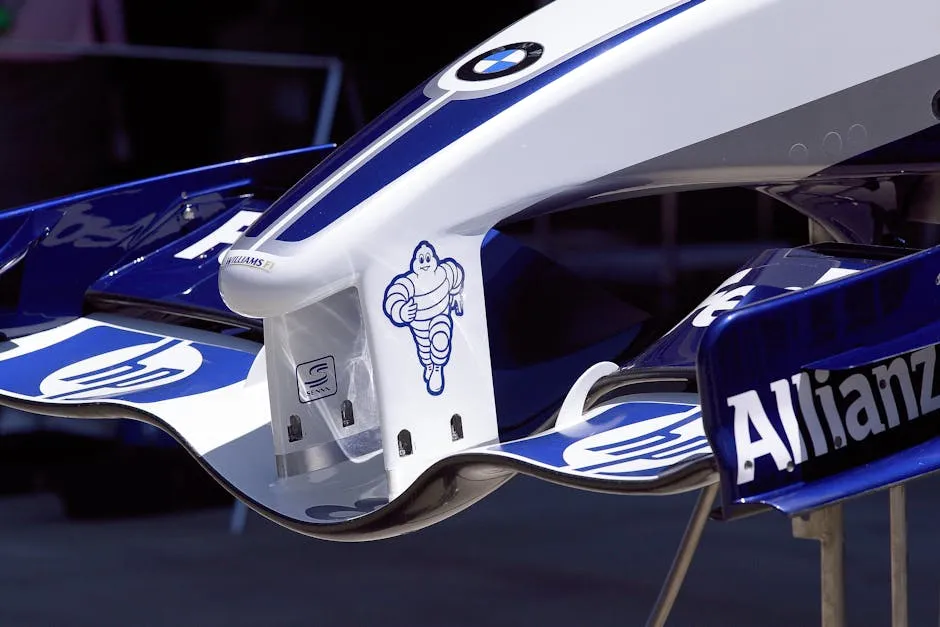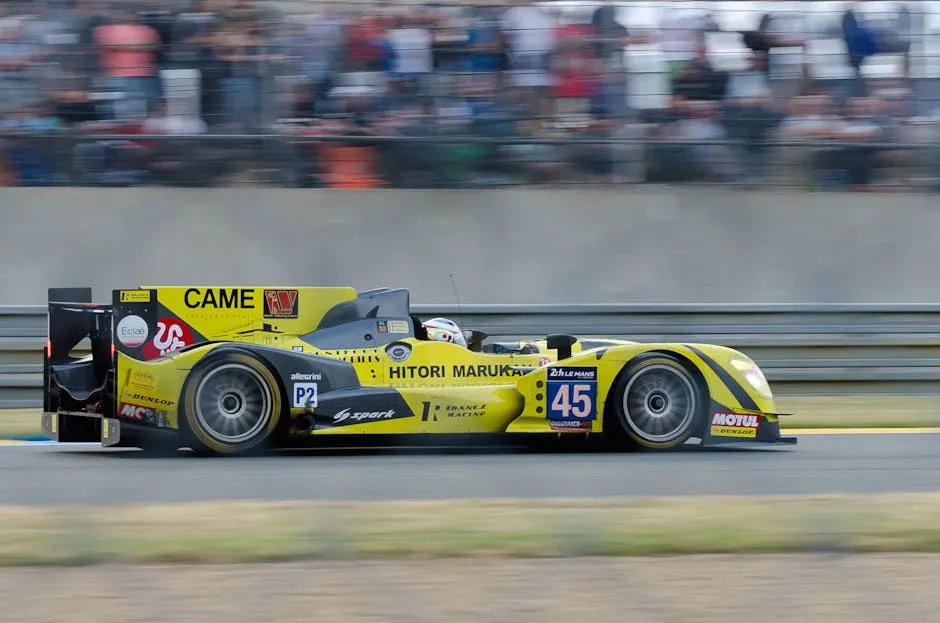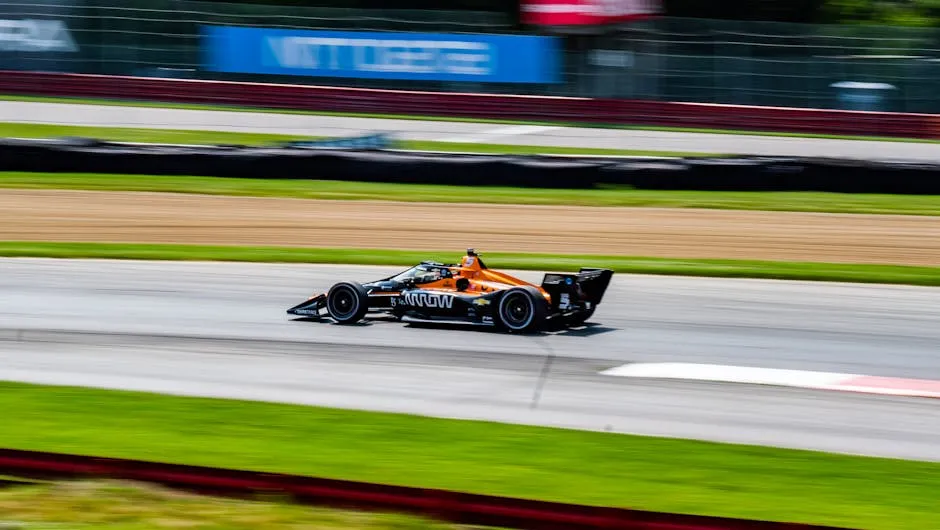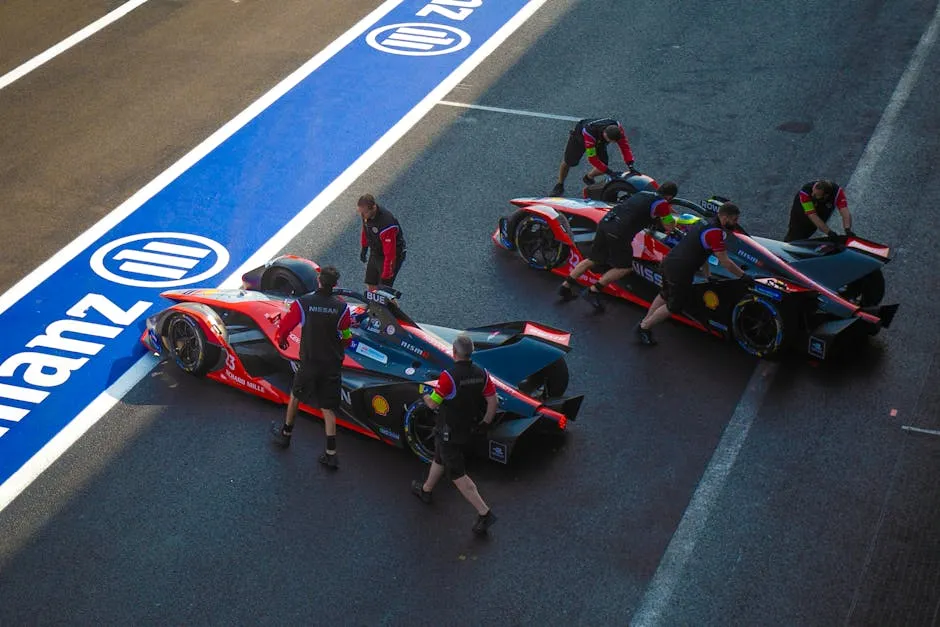
Why Timing Matters More than Placings in Racing
The Importance of Timing in Racing
Racing is not just about who crosses the finish line first. Timing plays a pivotal role in determining the true performance of athletes. Various timing systems exist, each with unique attributes that can significantly influence race outcomes. Let’s break this down.

Overview of Timing Systems
In the racing world, three primary timing methods are utilized: gun time, chip time, and sectional timing.
Gun Time: This is the official time recorded from the moment the race starts, marked by the sound of the starting gun. It measures how long it takes for each participant to cross the finish line. This method is straightforward but can be misleading, especially in races with large fields where runners may take time to reach the starting line.
Chip Time: This method records the time from when each runner crosses the starting mat until they finish. It provides a more accurate reflection of an individual’s performance—ideal for mass events. Imagine starting last in a marathon and still achieving a personal best! Chip time factors in your actual start time, making it the go-to for personal performance tracking.
Speaking of tracking your performance, why not do it with style? Check out the Garmin Forerunner 245 Music GPS Running Watch. With built-in music storage and advanced metrics, it’s perfect for those who take their running seriously!
Sectional Timing: This involves measuring times at various checkpoints throughout the race. In horse racing, for instance, sectional timing reveals how horses perform over different segments of the track. It helps in understanding pacing strategies and can highlight strengths and weaknesses.

How Timing Affects Results
Timing directly influences race results and perceptions. Gun time may declare a winner, but chip time often tells a different story. Athletes who start further back can appear disadvantaged under gun time, despite potentially having faster performances overall. This discrepancy is crucial in determining rankings, especially in competitive settings where every second counts.

The Technology Behind Timing Systems
Modern timing technology is a marvel. In Formula One, for example, each car is equipped with a transponder that tracks its position to within a ten-thousandth of a second. Timing loops embedded in the track ensure precise data collection, providing real-time insights into race dynamics. Similarly, chip timing involves small electronic chips attached to runners’ bibs, allowing for accurate start and finish times. This technology enhances the reliability of race results and ensures that every participant’s performance is represented fairly.
If you’re serious about your running game, you might want to consider the Fitbit Charge 5 Fitness and Health Tracker. It monitors your heart rate, sleep, and stress levels, helping you optimize your training and recovery!
In summary, the nuances of timing in racing go beyond mere placings. Understanding the various timing methods and their implications can transform how athletes, fans, and organizers perceive competition. Timing systems not only ensure fair results but also enrich the entire racing experience.

Gun Time vs. Chip Time
When it comes to racing, understanding timing is essential. Two primary methods of timing exist—gun time and chip time. Each has its unique characteristics and implications for race results.
Definition of Gun Time:
Gun time is the official clock time recorded from the moment the starting gun fires until a participant crosses the finish line. It captures the entire race duration, including the time it takes for all runners to reach the starting line. This method is often used to declare overall winners and is important for media coverage. However, it can be misleading, especially in large races where participants start at different times.
Definition of Chip Time:
Chip time, on the other hand, measures the time from when a runner crosses the starting line until they finish. This method utilizes a small electronic chip attached to the runner’s bib or shoe. Chip time accounts for individual start times, making it a more accurate reflection of a runner’s performance. It’s particularly beneficial in mass events, allowing for personal bests to be recognized even if a participant starts at the back of the pack.
When to Use Each:
Choosing between gun time and chip time often depends on the race size and type. In smaller, less competitive events, gun time may suffice. However, in large marathons or races with many participants, chip time is preferable. It provides fairer rankings and celebrates personal achievements. For example, a runner who finishes strong but starts at the back can see their true performance reflected in their chip time, while gun time may not do justice to their effort.

If you’re looking to enhance your running experience, consider investing in a SPIbelt Running Belt. It keeps your essentials secure while you focus on your run!
Real-life Examples:
Let’s consider a hypothetical but relatable scenario. Imagine a marathon with thousands of runners. The gun fires, and a participant in the back takes a full three minutes to reach the start line. Their gun time shows a finish of 4:02:00, while their chip time reveals a commendable 3:59:00. This discrepancy can lead to confusion and disappointment, especially if only gun times are recognized for awards.

In another instance, take the Boston Marathon, where chip time is crucial. Many runners aim for qualifying times, and chip timing allows them to track their performance accurately. A runner might start at the back but still achieve a qualifying time, showcasing chip timing’s importance in recognizing individual efforts.
The Role of Sectional Timing in Racing
What is Sectional Timing?
Sectional timing involves recording times at specific checkpoints throughout a race. This method is particularly relevant in horse racing and motorsports. For example, in horse racing, sectional timing provides insights into how horses perform over various segments of the track, shedding light on pacing and race strategy. It helps trainers and bettors analyze performance trends and improve training regimens.
Benefits of Sectional Timing:
The key advantage of sectional timing is its ability to offer detailed insights into pacing. It allows participants to gauge their speed across different race sections, which can be pivotal in strategy formulation. A horse that runs well in the middle of a race but struggles at the end may benefit from a different training focus. Similarly, in motorsports, teams can analyze lap times to adjust strategies during pit stops or fuel management.

And while you’re improving your pacing, don’t forget to stay hydrated! A Nathan Sports SpeedDraw Insulated Flask is perfect for keeping your drinks cold during those long runs!
Analysis of Performance:
Sectional timing is invaluable for identifying strengths and weaknesses. By breaking down performance into segments, it becomes easier to pinpoint where improvements can be made. A runner may learn they consistently slow down in the second half of a race, prompting targeted training to address endurance.

In conclusion, understanding the differences between gun time, chip time, and sectional timing enriches the racing experience. These timing methods not only clarify performance metrics but also empower participants to refine their strategies and improve their results. Whether in marathons or motor races, accurate timing systems play a crucial role in ensuring fair competition and celebrating individual achievements.
The Psychological Impact of Timing on Racers
Pressure of Timing
In racing, timing can be a double-edged sword. It’s a thrill, but it also creates immense pressure. Imagine standing at the start line, heart racing, knowing every millisecond counts. Different timing methods can heighten this tension. For instance, chip timing often brings a sense of relief. You know your time starts when you cross the mat—not when the gun fires. This small detail can shift a racer’s mindset from panic to focus.

On the flip side, gun time can feel like a ticking time bomb. You might hear that gunfire and think, “Oh no! I need to sprint!” That pressure can easily lead to mistakes. Instead of running your race, you’re merely reacting to the clock. When racers feel this pressure, it can lead to anxiety, affecting performance.
To help ease some of that tension, consider using Compression Socks for Running. They can enhance circulation and reduce muscle fatigue, helping you feel more relaxed during your race!

Perception of Fairness
Timing discrepancies can unleash a storm of emotions. Picture this: you’ve trained hard, crossed the finish line, and yet your results don’t reflect your effort. Gun time might show you finished in a disheartening position, while your chip time tells a more heroic tale. This disparity can breed feelings of unfairness among racers.
In competitive settings, fairness is paramount. If participants feel the timing method isn’t equitable, it can lead to dissatisfaction. Take a marathon, for example. If a runner starts at the back and finishes strong, yet is still ranked lower due to gun time, it can feel like a slap in the face. This frustration can impact a racer’s future engagement with the sport.

Strategies and Adjustments
Racers are masters of adaptation. Timing feedback plays a significant role in shaping strategies. For many, sectional timing data is a goldmine. It reveals how a racer performed at various stages, allowing for strategic tweaks. Did you slow down on the last leg? Adjust your training to focus on endurance.
Moreover, real-time data can influence in-race decisions. If you see your split times indicating a slower pace than planned, you might kick it into high gear. For instance, in a triathlon, knowing your timing can help you decide whether to push harder in the cycling segment or save energy for the run.

Ultimately, timing isn’t just a number; it’s a powerful tool that shapes the racing experience. By understanding its psychological impact, racers can better prepare themselves—both mentally and strategically—for the challenges ahead.
The Future of Timing in Racing
Technological Advances
The future of racing timing is brimming with innovation. Emerging technologies are changing the game. GPS tracking and real-time data analysis are paving the way for enhanced accuracy. Imagine racing with a smartwatch that not only tracks your speed but also provides instant feedback on your performance. This feedback loop will allow racers to adjust their strategies on the fly, making races more dynamic than ever.

Moreover, advancements in transponder technology mean even more accuracy. In Formula One, for example, cars are tracked to within a ten-thousandth of a second. This level of precision is becoming a standard expectation across various racing formats, ensuring that every fraction of a second is accounted for.
While you’re at it, consider investing in a pair of Running Sunglasses. They protect your eyes from the sun while you’re out there smashing your goals!
Predictions for Racing Events
As technology evolves, so does the organization of racing events. We can expect to see smarter race management systems. Imagine a world where race organizers can analyze data in real-time, adjusting race conditions based on participant performance. This will create more tailored experiences for racers, leading to improved satisfaction and engagement.

Furthermore, the integration of augmented reality could transform how spectators experience races. Picture standing on the sidelines and receiving live updates on racers’ split times or speed right on your device. This would not only enhance the spectator experience but also deepen the connection between fans and racers.
Impact on Event Management
Improved timing technology will revolutionize event management. Organizers will utilize advanced analytics to assess performance trends, allowing them to make informed decisions for future events. For instance, they could identify which segments of a race cause delays and adjust course designs accordingly.
Moreover, with real-time data, communication with participants can be streamlined. Runners could receive immediate updates regarding their performance, allowing for better pacing strategies. The ability to provide participants with immediate feedback enhances the overall racing experience, ensuring that everyone leaves the event feeling valued and recognized.

In summary, the future of timing in racing is not just about measuring speed; it’s about enhancing the entire racing ecosystem. As technology continues to advance, racers can expect a more engaging, fair, and insightful experience. This evolution will only serve to heighten the thrill of competition and the joy of participating in racing events.
Conclusion
In racing, timing is more than just a measurement; it’s the backbone of competition that shapes every aspect of the event. While placings reveal who wins, timing unveils the true story behind the numbers. It’s like the behind-the-scenes footage of a blockbuster movie—not always featured but crucial to understanding the plot!
As technology continues to evolve, the focus on accurate timing will only grow. Today’s systems capture every millisecond, ensuring that performance is recognized and rewarded in the fairest manner possible. Imagine a world where every fraction of a second counts, where an athlete’s effort is genuinely reflected in their results.
Understanding these nuances can help racers, organizers, and fans appreciate the sport on a deeper level. It’s about the thrill of competition, the strategies involved, and the stories each race tells. In the end, it’s not just about crossing the finish line; it’s how you get there. So let’s celebrate the unsung heroes of racing—those precise timing systems that add depth and excitement to every event.
FAQs
What is the difference between gun time and chip time?
Gun time is the official time recorded from the moment the race starts, marked by the sound of the starting gun. It measures how long it takes for each participant to cross the finish line. Chip time, however, measures the time from when a runner crosses the starting mat until they finish. This means chip time provides a more accurate reflection of individual performance, especially in larger races.
Why are both chip time and gun time often recorded in results?
Both times provide valuable insights. Gun time is used for overall placements and media reporting, while chip time reflects actual performance. This dual recording ensures that everyone’s effort is acknowledged, giving a fair picture of who truly excelled.
How does sectional timing differ from regular timing methods?
Sectional timing measures times at various checkpoints throughout the race. This method provides insights into pacing and strategy, allowing competitors to understand their performance over different segments. It’s especially useful in sports like horse racing, where pacing can determine outcomes.
Can timing discrepancies affect race outcomes?
Absolutely! Discrepancies between gun time and chip time can lead to confusion. For instance, a runner starting at the back may have a slower gun time but a faster chip time, leading to a misrepresentation of their performance. These differences can affect rankings and even awards.
What are the benefits of using electronic timing systems?
Electronic timing systems offer numerous advantages. They provide precise measurements, reduce human error, and allow for real-time results. With tracking capabilities at multiple locations, participants can receive immediate feedback, enhancing their performance analysis. Plus, these systems streamline the entire race management process, making events smoother for everyone involved.
Please let us know what you think about our content by leaving a comment down below!
Thank you for reading till here 🙂
All images from Pexels




